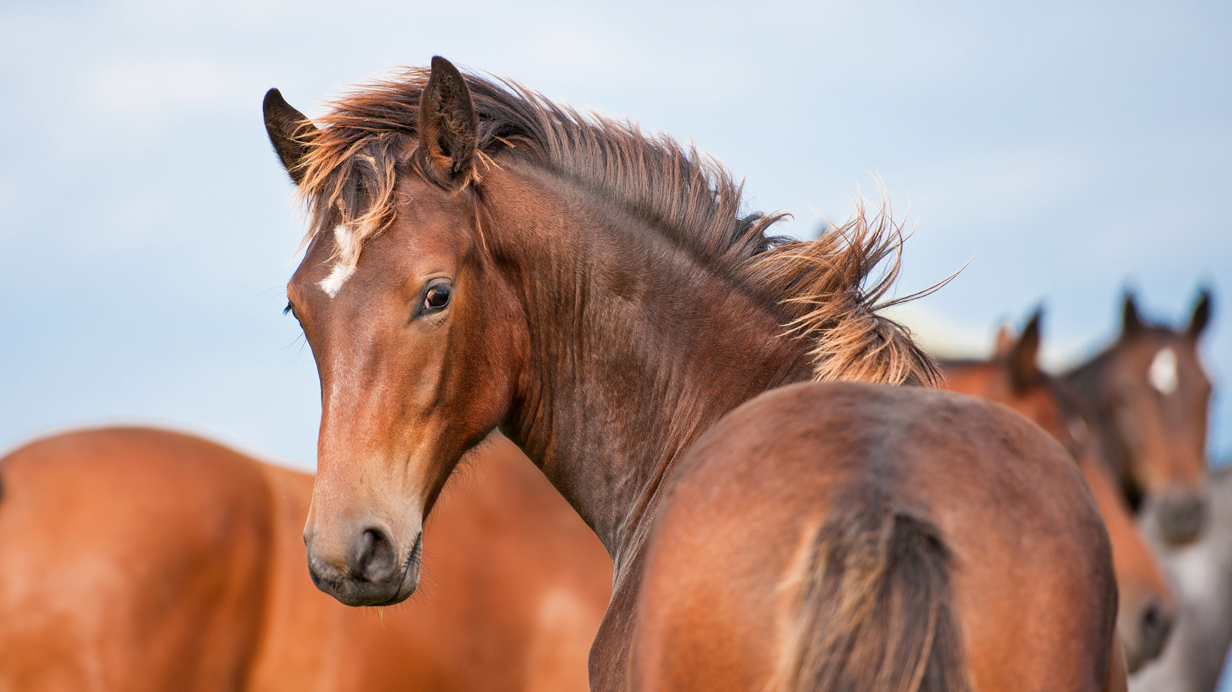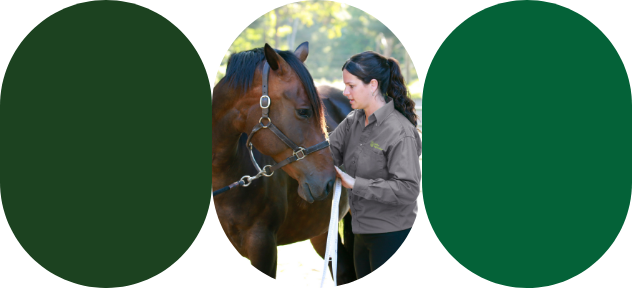Weaning a foal
Weaning is an incredibly stressful period for foals and mares, but also for horse owners. The following are various weaning methods and rules to follow to ensure that the experience is positive and safe.
What type of weaning to choose
The choice of type of weaning depends on several factors: the number of foals to wean, the available facilities, the behaviour of the horses to be separated, their health, their overall condition, and the time and energy that owners have at their disposal.
The golden rules for ensuring successful weaning
Regardless of the method used, some basic principles must be applied before fully weaning a foal:
The foal should be at least five or six months old, unless a particular condition (e.g., orphaned foal, mare’s rapid loss of condition after foaling) occurs.
The foal should be healthy, and preventive medicine should be up to date.
The foal should already be regularly drinking water and eating concentrates and hay.
The facilities (e.g., box, paddock) used must all be safe.
The foal should be socialized with the other foals and horses.
Weaning should be well planned and not carried out alone.
The foal should be easy to handle with a halter.
The weather should be clement for weaning.
All these factors will help you determine the type of weaning to choose: abrupt weaning or gradual weaning.
Abrupt weaning
Abrupt weaning involves separating the foal from the broodmare from one day to the next. Ideally, the foal remains in its usual environment, along with other horses and foals that it is familiar with. The mare is removed from all sight, smell and sound of the foal.
Such precautions are needed to prevent the intensification of stress behavior which can occur if the mare and foal remain at sight.
In the interest of efficiency, breeding stables often prefer to wean two to four foals at a time, which are then kept together as a group. The weaned foals can develop together, which facilitates diet management and keeps them active. At the time of separation, if they are already used to the box, some breeders prefer keeping them in it for a few hours to prevent injuries. Once calm is restored, they are free to roam outside.
This is a critical point, since exercise is key to promoting healthy growth. Table 1 provides an example of diet transition that can be introduced for the broodmare and the foal during abrupt weaning.
Table 1 Example of diet during abrupt weaning
Gradual weaning
Contrary to abrupt weaning, gradual weaning has the advantage of causing little stress to the foal and mare. However, it requires much more time and handling for the owners on a daily basis.
Gradual weaning can be started as soon as the foal is two months old and involves separating the mare from the foal for short periods, which are gradually extended every week. At first, this separation must not restrict the foal’s milk consumption. However, in the weeks that follow, the foal can skip a nursing session, followed by several more, to allow the mare’s gradual dry-off.
When a foal is alone in the box, that is the ideal time for owners to start bonding with the foal by handling it using a halter, brushing it and, in short, taking care of all its regular maintenance.
When the mare and foal are put back outside for their daily outing, it’s important to ensure that they are in contact with other calm, friendly horses to socialize the foal and facilitate weaning once the foal is separated from the mare for longer periods. Obviously, all this handling must be done in a calm, safe environment, taking into account the individual behaviour of all the horses.
Since this type of weaning takes place gradually, the mare’s and foal’s diet will also be modified gradually according to their nutritional needs, body condition and the mare’s milk production. Generally, the mare’s quantity of feed is gradually decreased, while that of the foal is increased. Both should always be given an appropriate supply of vitamins and minerals.


